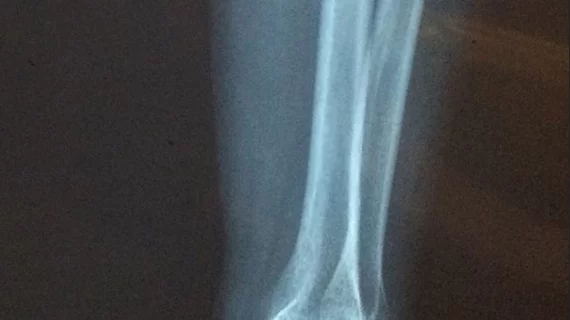3D imaging shows bone benefits for prune-eaters
Does eating prunes have benefits beyond the bowels? Two Penn State studies presented at last week’s annual gathering of the North American Menopause Society suggest so.
Going by coverage of the research posted by the California Prune Board, here’s what investigators have learned about the links between chronic inflammation and bone health for post-menopausal women, and how 3D imaging indicates that eating prunes can potentially play a positive role as part of an anti-inflammatory diet.
Study No. 1: Establishing a Link Between Chronic Inflammation and Osteoporosis
In the first study, researchers explored a suggested link between chronic inflammation and osteoporosis and fracture risk in postmenopausal women. By examining levels of inflammatory markers against trabecular bone scores at the lumbar spine, they were able to help corroborate that link [1].
“Our findings demonstrate that inflammatory markers are negatively associated with bone health in postmenopausal women, suggesting that inflammation might be an important mediator for postmenopausal bone loss and a potential target for nutritional therapies,” says co-investigator Connie Rogers, PhD, MPH, head of nutritional sciences at the University of Georgia, in a news release.
Study No. 2: Assessing Impacts of Prune Consumption on Bone Benefits
After establishing that higher levels of inflammatory markers correlate with poorer bone health, researchers explored a potential anti-inflammatory effect of eating prunes, building on previous research demonstrating that consuming five to six prunes a day for a year resulted in hip bone preservation [2].
Working with the same participants who participated in the inflammation study, researchers split the participants into three groups: no prunes, five to six prunes per day, and 10 to 12 prunes per day for 12 months.
“In this second part of the randomized controlled trial, 3D imaging of bone provided some additional info about the response of bone to consuming prunes daily,” says principal investigator Mary Jane De Souza, PhD, director of the Women’s Health and Exercise Lab at Pennsylvania State University.
The five-to-six prune group, the 10 to 12 prune group, and the combined, pooled group of women who ate prunes all showed observable benefits from the dietary intervention, according to De Souza.
Namely, estimated bone strength at weight-bearing tibia sites decreased over the 12-month period for the control group but was maintained in the pooled prune-eaters group. Cortical and total volumetric bone mineral density (vBMD) also decreased at weight-bearing tibia sites for the control group but was maintained in the pooled prune-eaters group.
“As such, it appears that prunes may help prevent bone loss, especially at the hip and tibia,” De Souza said.
The prune board says the studies are being prepared for anticipated publication in Menopause: The Journal of The North American Menopause Society.
Full news release here.
